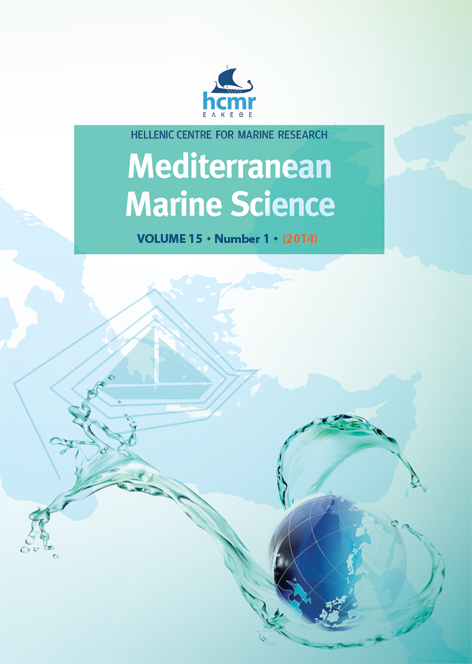Dynamics of picoplankton community from coastal waters to the open sea in the Central Adriatic

Abstract
Flow cytometry was used to describe seasonal cycles of Prochlorococcus (Prochl), Synechococcus (Syn), picoeukaryotes and heterotrophic bacteria in the central Adriatic Sea along the trophic gradient from January to December 2010. All picoplankton parameters decreased from eutrophic to oligotrophic areas, while the biomass ratio of bacterial to autotrophic picoplankton showed an increase along the trophic gradient. Bacterial biomass ranged from 5.28 to 21.20 μg C l-1. Increased values were present during warmer seasons with the domination of low nucleic acid (LNA) group of bacteria. The high nucleic acid (HNA) bacterial group dominated during the winter and the spring. Bacterial production ranged from 0.09 -0.45 × 104 cells ml-1 h-1 .At coastal stations increased production was present during the winter and the spring and was more or less uniform at open sea stations. Biomasses of Syn and Prochl ranged from 0.16 to 11.47 µg C-1 l-1 and from 0.01 to 3.08 µg C l-1, respectively. They were elevated during the summer and the autumn at coastal stations and during the late winter at the open sea. Syn biomass always dominated over Prochl participating with 61.6-97.2% in biomass of cyanobacteria. Biomass of picoeukaryotes ranged from 1.21 to 21.85 µg C l-1 and was the highest during the winter. Their biomass notably prevailed in autotrophic picoplankton (APP) biomass over that of picocyanobacteria during the whole year. Autotrophic components (Prochl, Syn and picoeukaryotes) made greater contribution to the picoplankton biomass in mesotrophic and eutrophic areas, while heterotrophic bacteria became more important under oligotrophic conditions.
Article Details
- How to Cite
-
ŠANTIĆ, D., ŠESTANOVIĆ, S., ŠOLIĆ, M., KRSTULOVIĆ, N., KUŠPILIĆ, G., ORDULJ, M., & GLADAN, Ž. N. (2013). Dynamics of picoplankton community from coastal waters to the open sea in the Central Adriatic. Mediterranean Marine Science, 15(1), 179–188. https://doi.org/10.12681/mms.701
- Issue
- Vol. 15 No. 1 (2014)
- Section
- Research Article
Authors who publish with this journal agree to the following terms:
- Authors retain copyright and grant the journal right of first publication with the work simultaneously licensed under a Creative Commons Attribution Non-Commercial License that allows others to share the work with an acknowledgement of the work's authorship and initial publication in this journal.
- Authors are able to enter into separate, additional contractual arrangements for the non-exclusive distribution of the journal's published version of the work (e.g. post it to an institutional repository or publish it in a book), with an acknowledgement of its initial publication in this journal.
- Authors are permitted and encouraged to post their work online (preferably in institutional repositories or on their website) prior to and during the submission process, as it can lead to productive exchanges, as well as earlier and greater citation of published work (See The Effect of Open Access).






